Have you wondered, “Can you freeze cabbage?” after struggling to use up a whole head before it starts to wilt? You absolutely can freeze cabbage; the steps are straightforward, and this guide will show you how to do it right.
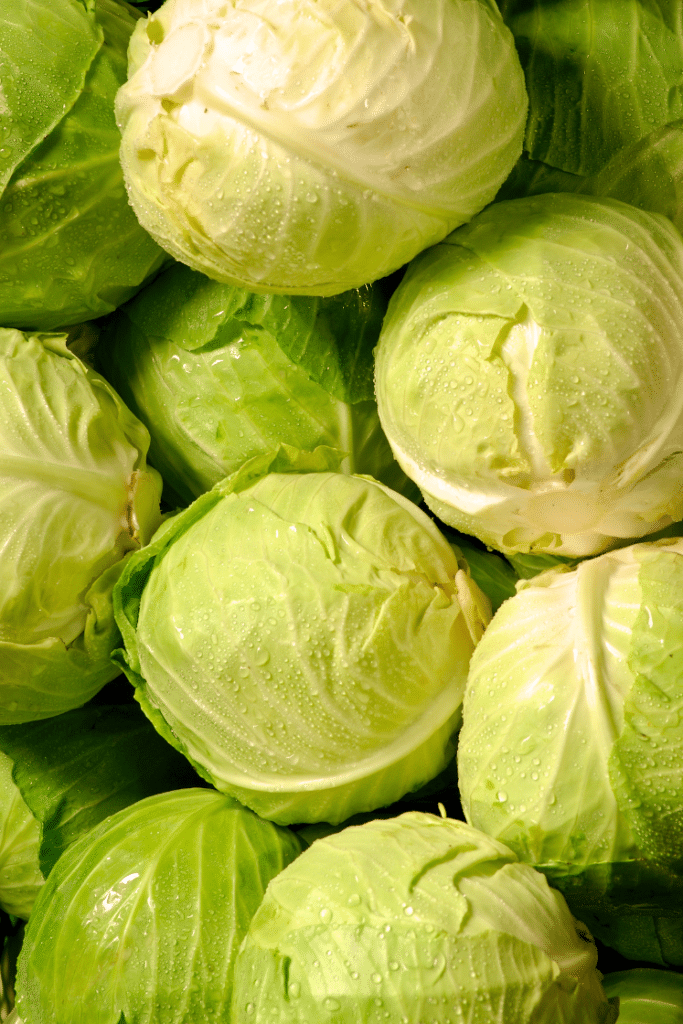
Benefits of freezing vegetables
Freezing vegetables is a valuable preservation method that offers several benefits.
Freezing veggies like cabbage helps preserve their freshness, nutrition and all those natural flavors that make dishes pop. This is fantastic because it means you can enjoy the taste of fresh vegetables all year round.
Additionally, it minimizes food waste and is cost-effective. Can you recall how often you had to toss out veggies that went bad before using them? Freezing allows you to save all that goodness for later, which is not only good for the planet but also great for your wallet. It also allows you to make bulk purchases during lower-priced seasons, freeze them, and have a stockpile of healthy ingredients ready at your fingertips.
Lastly, freezing vegetables like cabbage is super convenient. Imagine whipping up dinner using pre-cut, frozen cabbage for a hearty cabbage and sausage stew, cabbage and sausage, or fried cabbage and bacon in no time. Freezing cabbage makes meal prep a breeze since you can cook it whenever needed without the rush of spoilage.
How to freeze cabbage
Freezing cabbage is a great way to preserve its freshness and nutritional value for an extended period.
Here’s a step-by-step guide on how to do it:
- Clean the cabbage: First, thoroughly wash the cabbage under cool, running water to get rid of dirt or bugs. Remove any outer leaves that might be damaged or wilted. You want to freeze the best parts of your cabbage!
- Chop, shred or separate leaves from the cabbage: Decide how you want to use the frozen cabbage later. You can chop it into bite-sized pieces if you plan to use it in stews or soups later. If you’re thinking about making coleslaw or stir-fry recipes, shredding is the best way to store them. You can also choose to separate the cabbage leaves from each other if you plan to use them for wraps or similar dishes.
- Blanch the cabbage: Blanching is a crucial step. It helps stop enzymes that cause the cabbage to lose its color, flavor, and nutrients during freezing. Bring a large pot of water to a boil and blanch the cabbage for one to two minutes, depending on the size of the pieces.
- Shock in ice water: After blanching, immediately transfer the blanched cabbage into a bowl of ice water. This sudden chill halts the cooking process, helping the cabbage retain its crispness and vibrant color.
- Drain and dry: After shocking, drain the cabbage thoroughly and pat it dry with paper towels to remove excess moisture. Getting rid of excess moisture is key because it prevents ice crystals from forming, which can ruin the texture of your cabbage when you thaw it.
- Pack for freezing: Divide the cabbage into portions that you will likely use in one go. Pack these portions into airtight freezer bags or containers. Remove as much air as possible before sealing to keep your cabbage fresh and prevent freezer burn.
- Label and date: Label the storage bags or containers with the date of freezing. This helps you keep track of their freshness so you can use them at their best quality.
“When I have leftover cabbage, I cut it into large chunks or quarters and blanch it in a salty hot water bath for a minute. Then, I transfer it to a bowl of cold water. Drain the cabbage and then let it dry on a clean towel. Before freezing it, I like to shred the cabbage into small pieces so it’s ready to add to stir-fries, soups or casseroles. Finally, I store the dried cabbage in freezer bags.”
— Jere’ Cassidy, One Hot Oven
Can you freeze cabbage without blanching?
Yes, you can freeze cabbage without blanching, although there are a few things to consider before skipping this step. Blanching is recommended as it helps maintain its vibrant color and flavor while freezing. Blanching also stops enzyme activity that can lead to the breakdown of the cabbage over time.
Skipping the blanching process minimizes the time needed to freeze your cabbage, which is a plus.
If you choose to freeze cabbage without blanching, keep in mind that there may be changes in color, texture and taste compared to blanched frozen cabbage. However, it will still be perfectly fine for most cooking needs!
To freeze cabbage without blanching, follow these steps:
- Clean the cabbage: Start by washing the cabbage thoroughly under cool, running water. Make sure to remove any damaged or wilted outer leaves to ensure that you’re only freezing the freshest, healthiest parts of the vegetable.
- Chop or shred the cabbage: Decide how you want to use the frozen cabbage later. You can chop it into bite-sized pieces or shred it. This prep work makes it super convenient when you need to use the cabbage later.
- Dry the cabbage: After chopping or shredding, use a paper towel to pat the cabbage dry and remove any excess moisture. This step is crucial because excess moisture can lead to freezer burn and ice crystals to form, which can negatively affect the quality of the frozen cabbage when you thaw it.
- Pack for freezing: Divide the cabbage into portions you will likely use in one cooking session. This way, you only defrost what you need, keeping the rest perfectly frozen. Use airtight freezer bags or containers and remove as much air as possible before sealing to extend the storage life of your cabbage.
- Label and date: Remember to label the bags or containers with the freezing date. This helps you keep track of how long the cabbage has been in the freezer, ensuring that you use it while it’s still at its best quality.
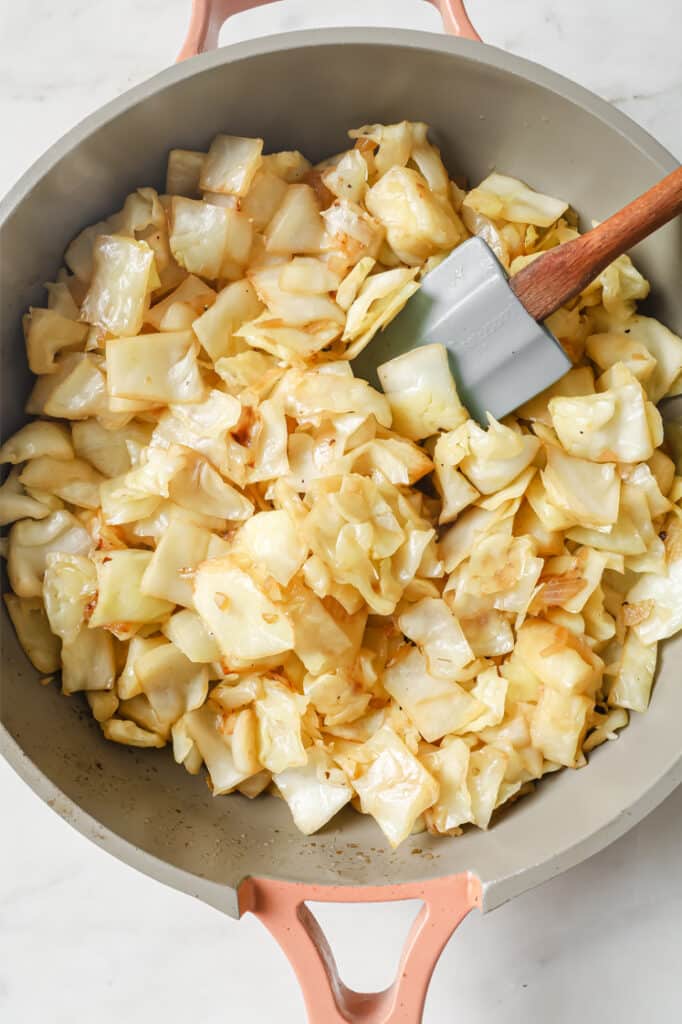
How long can you freeze raw cabbage?
Freezing raw cabbage is a handy trick for keeping it around longer, but how long can you actually keep it in the freezer? Well, when stored at 0 F or below — like in your standard kitchen freezer — frozen cabbage can retain its quality for about eight to 12 months. That’s a pretty good shelf life!
Though, for the best taste and texture, it’s recommended to use it within six to nine months. After this time, while it may still be safe to eat, the quality will decrease. It could become a bit less crisp or flavorful, which might not be as pleasant in your dishes.
So, if you’ve stashed some cabbage in the freezer, remember to use it within that window to enjoy it at its best. Here’s where labeling your freezer bags comes in handy — you don’t have to guess how long your cabbage has been there!
How long can you freeze cooked cabbage?
When it comes to freezing cooked cabbage, the timeframe is a bit shorter compared to raw cabbage. You can expect cooked cabbage to maintain its quality for about two to three months when stored in the freezer. After that, it’s still safe to eat, but just like with most cooked foods, the texture and flavor might change slightly.
Once cooked, allow it to cool to room temperature. This helps prevent condensation when placed inside the container or bag. Then, follow the same packing and freezing steps as mentioned earlier for fresh cabbage.
Tips for defrosting and cooking frozen cabbage
Thawing and cooking frozen cabbage isn’t tricky, but there are a few tips to make sure it comes out just right, retaining as much texture and flavor as possible. Here’s a straightforward guide to help you make the most out of your frozen cabbage.

Thawing frozen cabbage
The best way to thaw frozen cabbage is to transfer it from the freezer to the refrigerator and let it thaw slowly, usually overnight. This gradual thaw helps maintain its texture better than if you rushed it at room temperature or under hot water. However, if you’re short on time, you can thaw it in the microwave using the defrost setting — just be sure to check it frequently to prevent it from cooking.
Cooking directly from frozen
In many cases, you don’t even need to thaw cabbage before cooking, especially for dishes where it will be cooked through. You can toss frozen cabbage straight into soups, stews, or stir-fries. It will thaw quickly as it cooks, making it a real time-saver.
Using frozen cabbage in hot dishes
When adding frozen cabbage to a hot dish like soup or stew, simply increase the cooking time slightly to accommodate the lower starting temperature of the frozen cabbage. This ensures that everything in your pot cooks evenly.
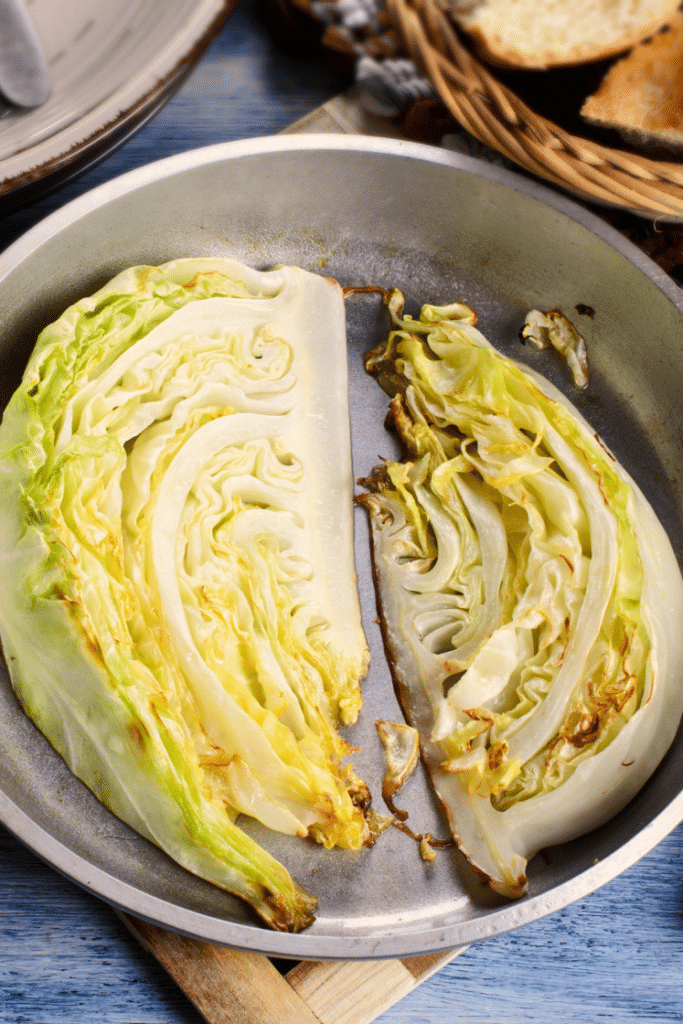
Stir-frying frozen cabbage
Stir-frying is another quick and effective way to use frozen cabbage. The high heat and quick cooking will help preserve the texture. Just add it a bit earlier than you would with fresh cabbage to give it time to thaw and cook through.
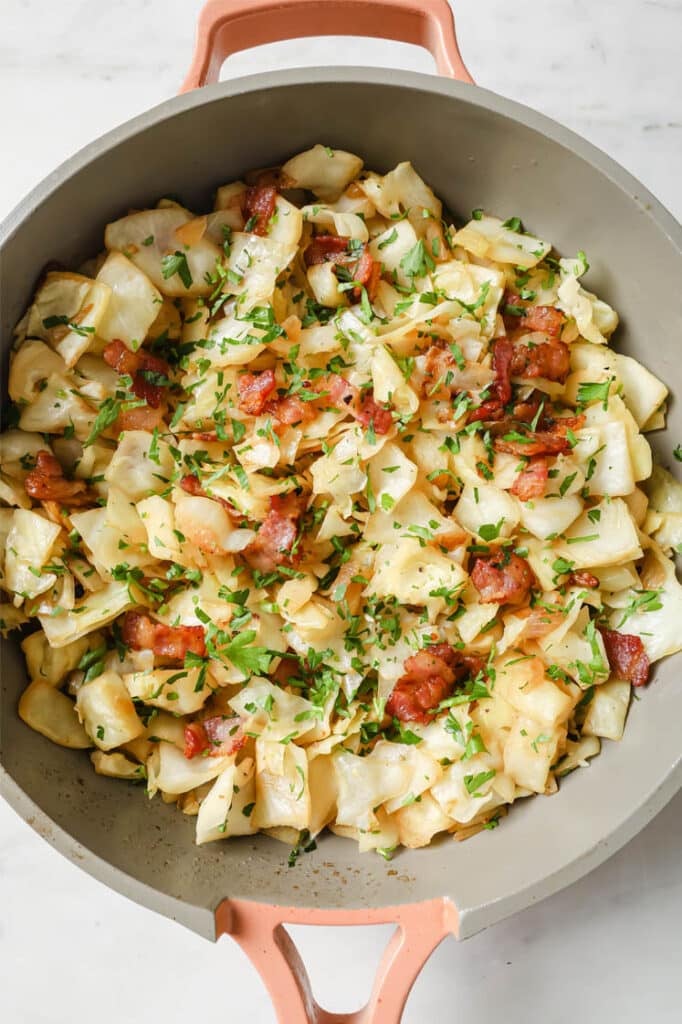
Preparing salads
If you want frozen cabbage in a salad, it’s best to thaw it completely and then give it a quick blanch in boiling water. This can help revive its texture, making it crisper. After blanching, plunge it into ice water to stop the cooking process, then drain and pat dry. This method works great for adding a crunchy element to your salads.
Avoid overcooking
Frozen cabbage can become mushy if overcooked. Keep an eye on the cooking time and test for doneness periodically. As soon as it’s tender, remove it from heat or drain it to prevent it from cooking further.
Final thoughts
Freezing cabbage is a simple and effective method to preserve its freshness and nutritional value for an extended period.
You can successfully freeze cabbage with the easy-to-follow steps outlined in this guide. Whether you choose to blanch the cabbage or freeze it without blanching, both methods offer advantages. Blanching helps maintain the cabbage’s color, flavor and texture, while freezing without blanching provides a quicker process with some potential changes in the final result.
So, the next time you wonder, “Can you freeze cabbage?” you can confidently do it right.
Portions of this article originally appeared on Food Drink Life.
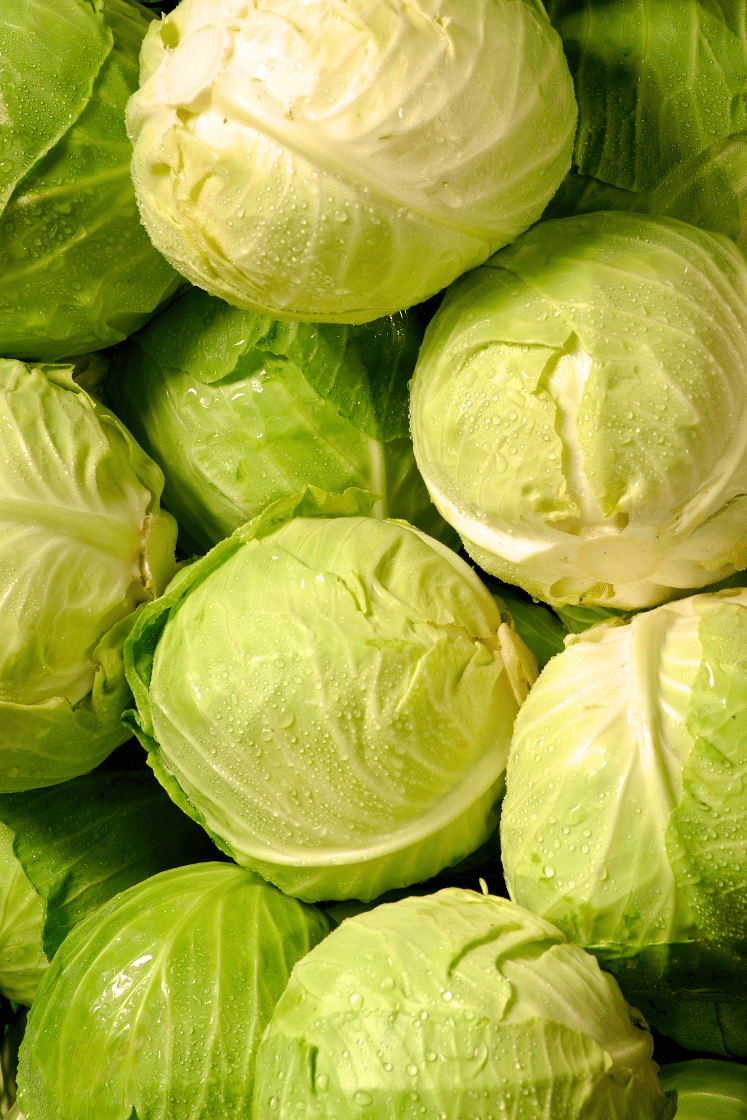




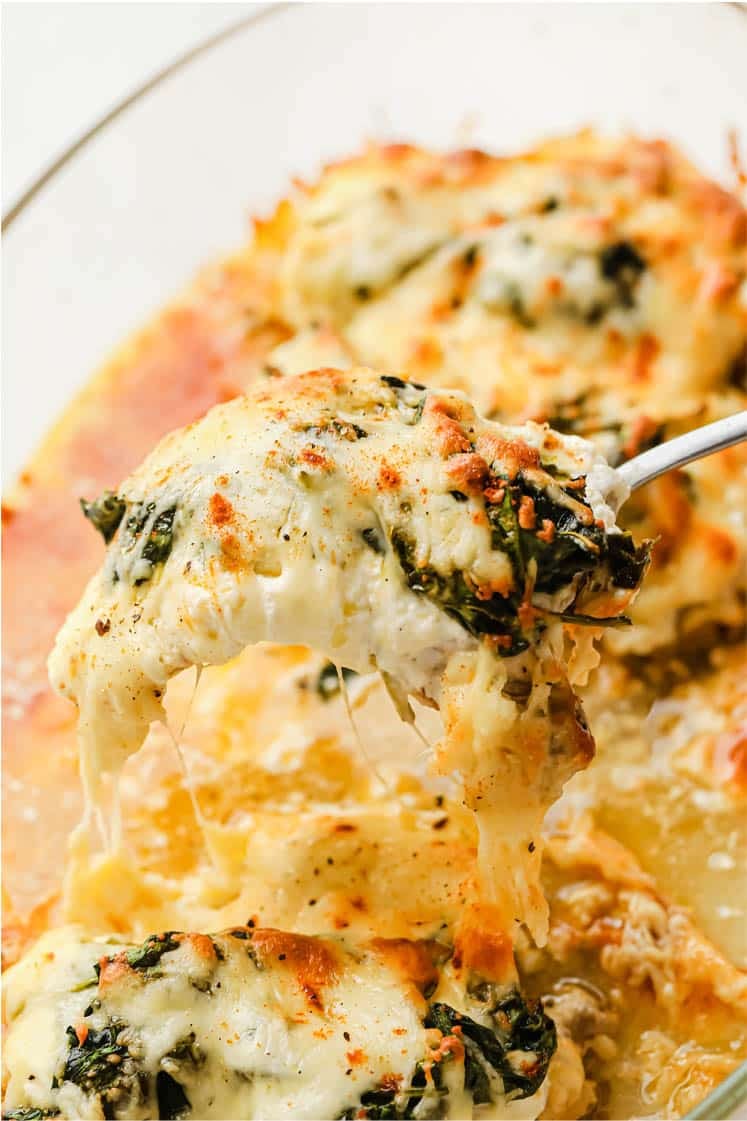
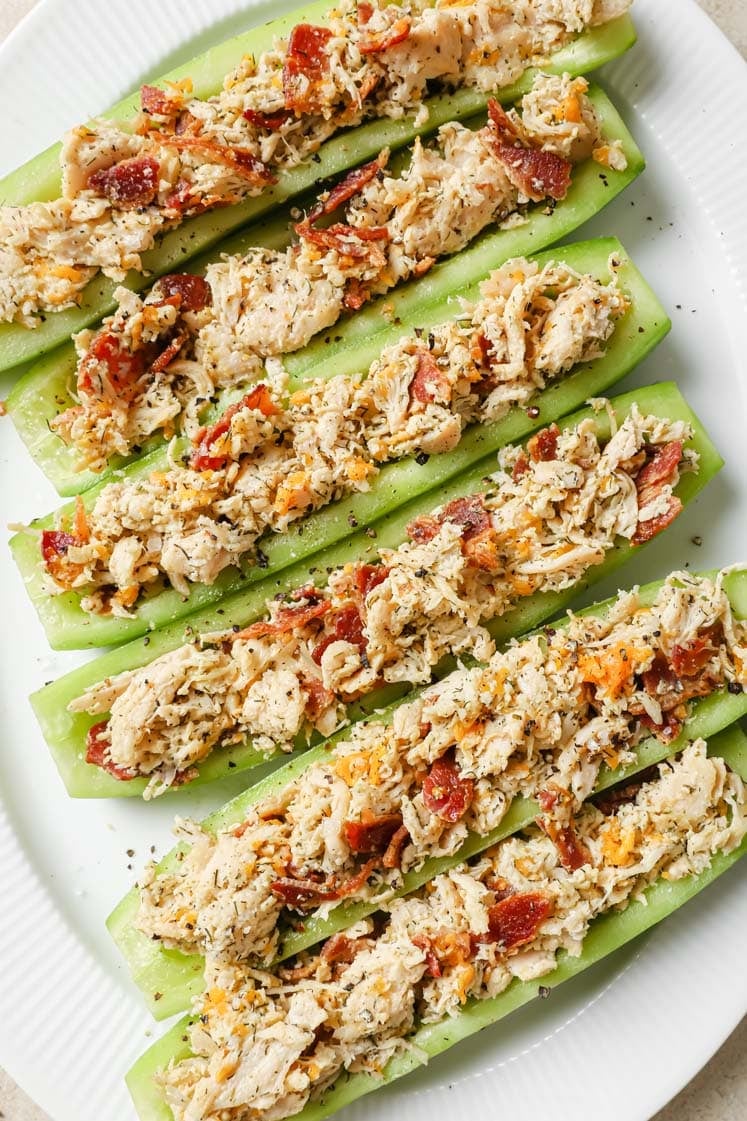


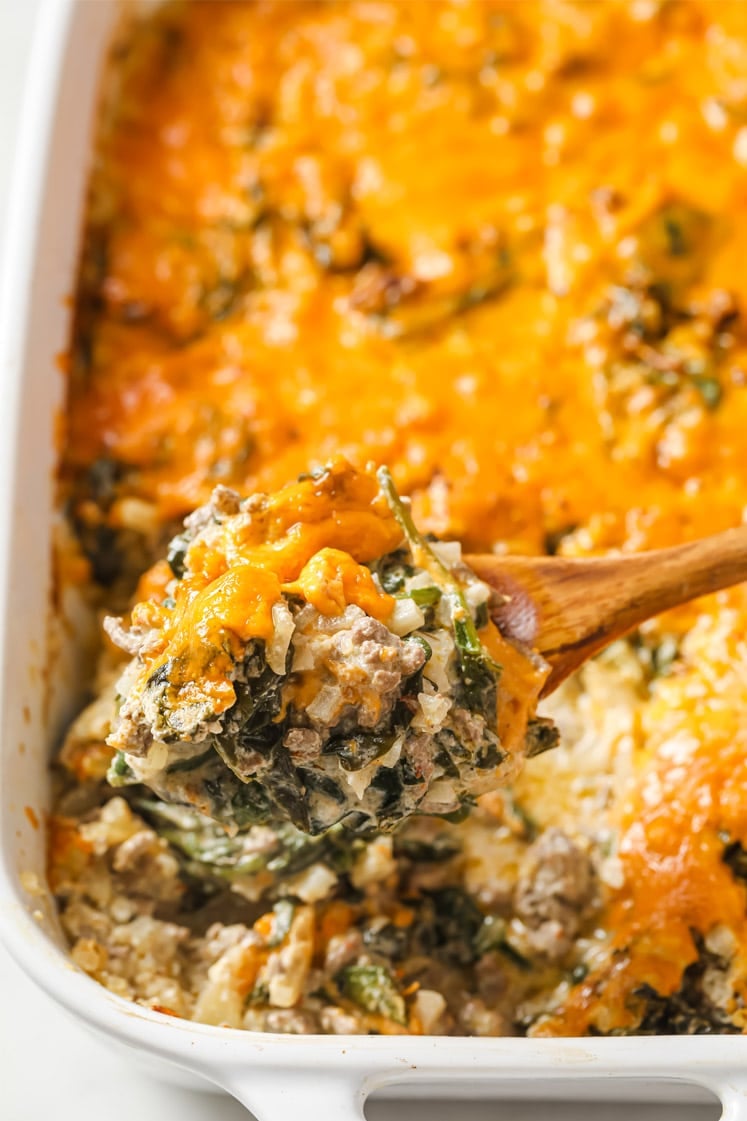
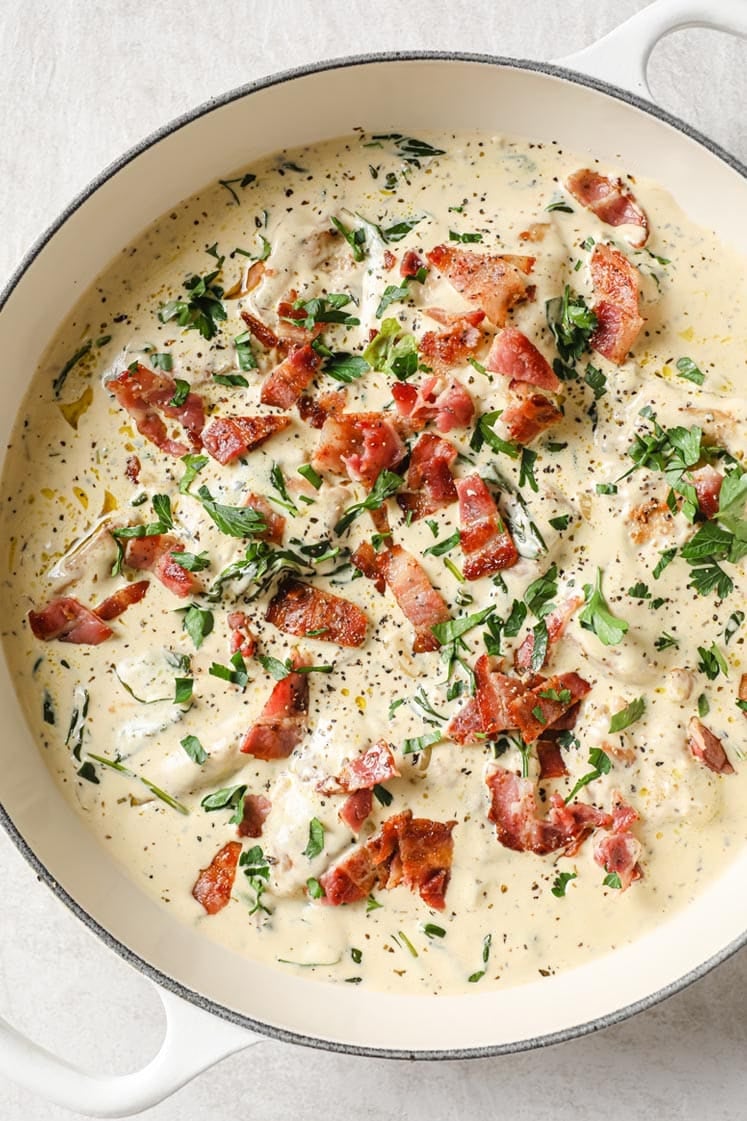

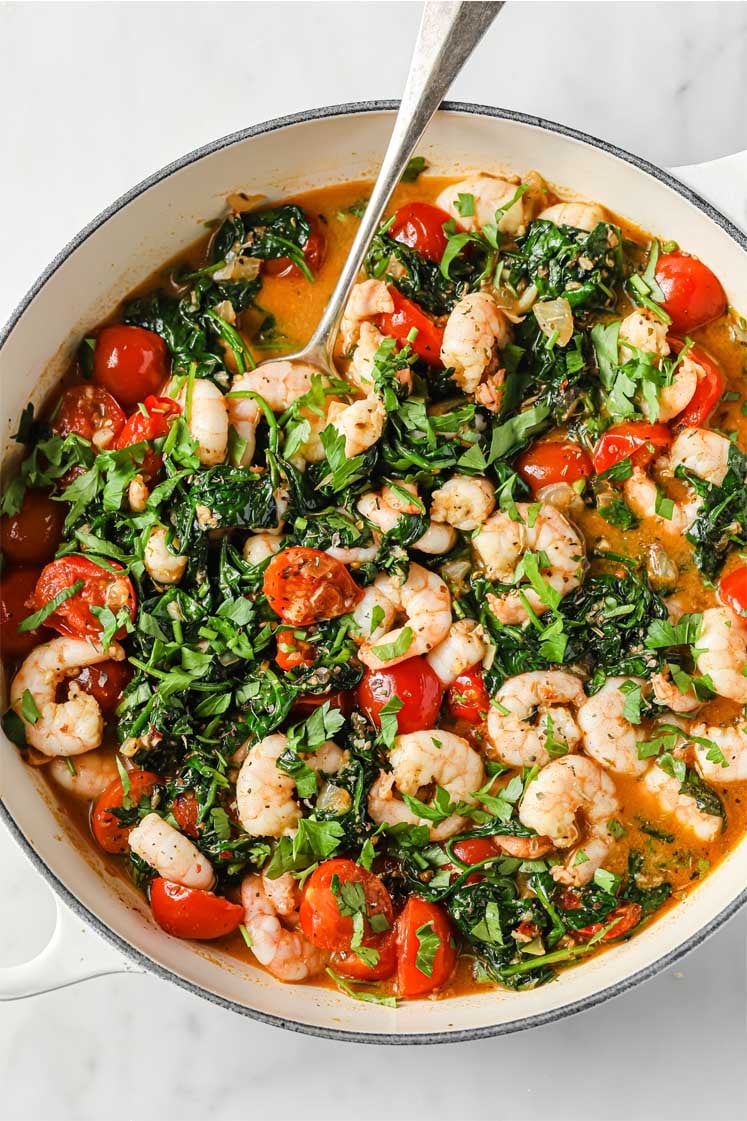
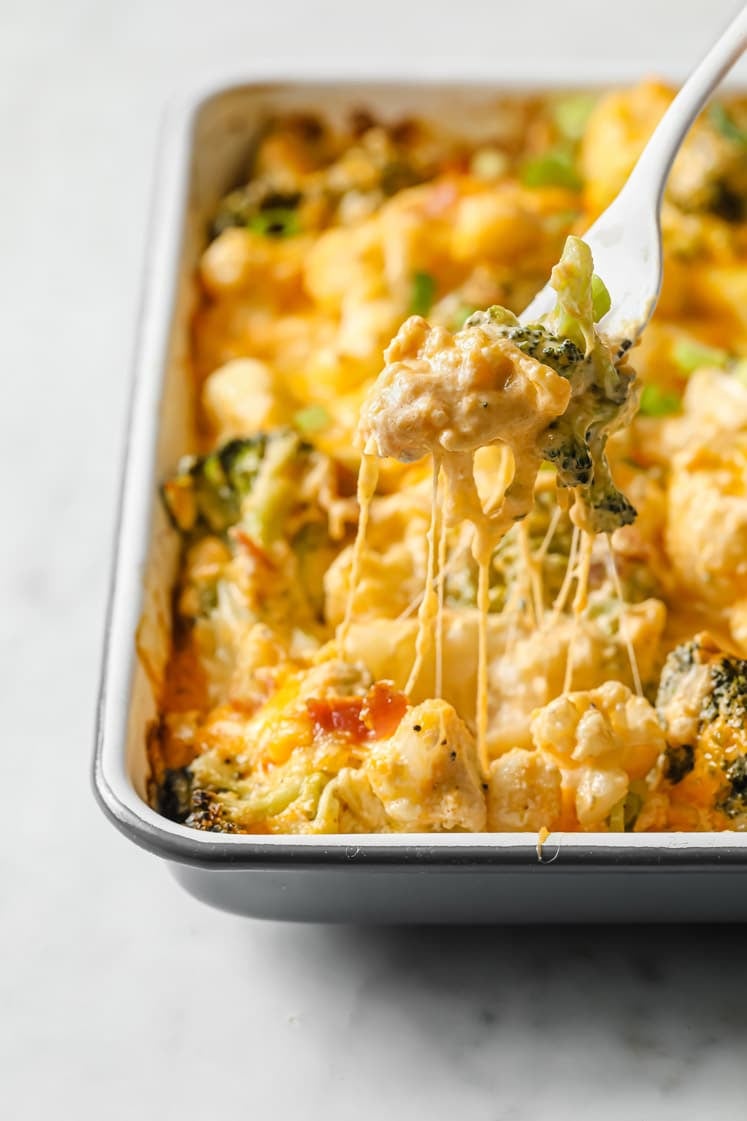
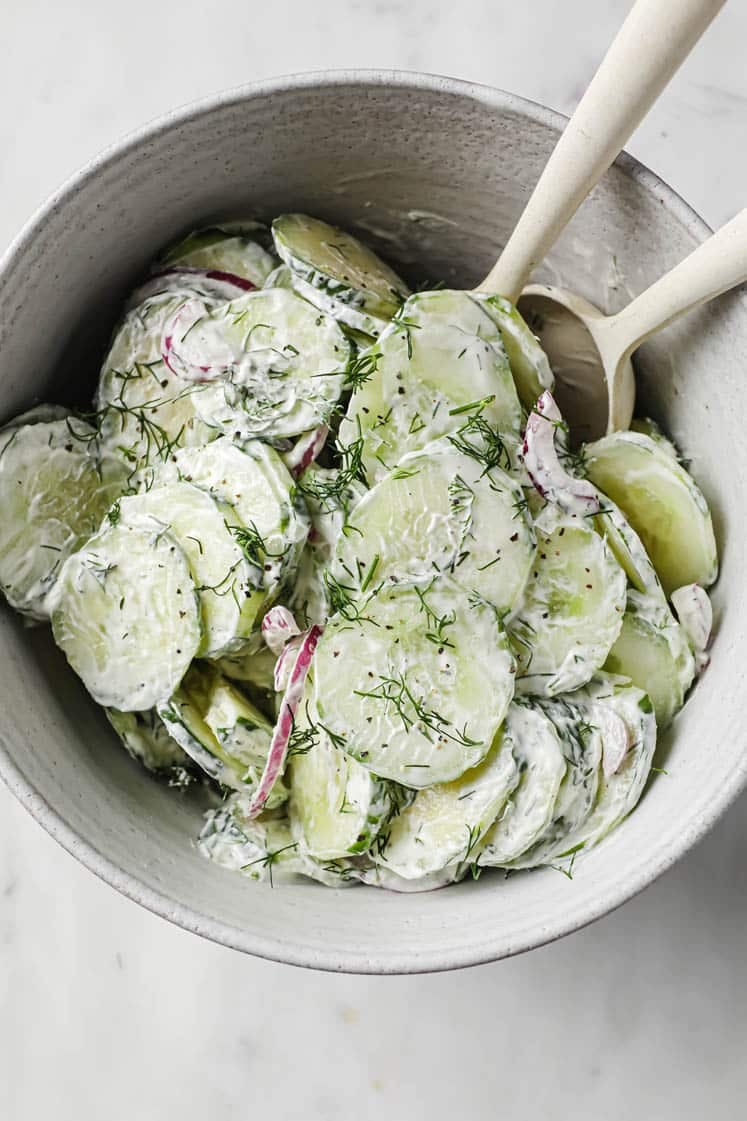









Leave a Reply